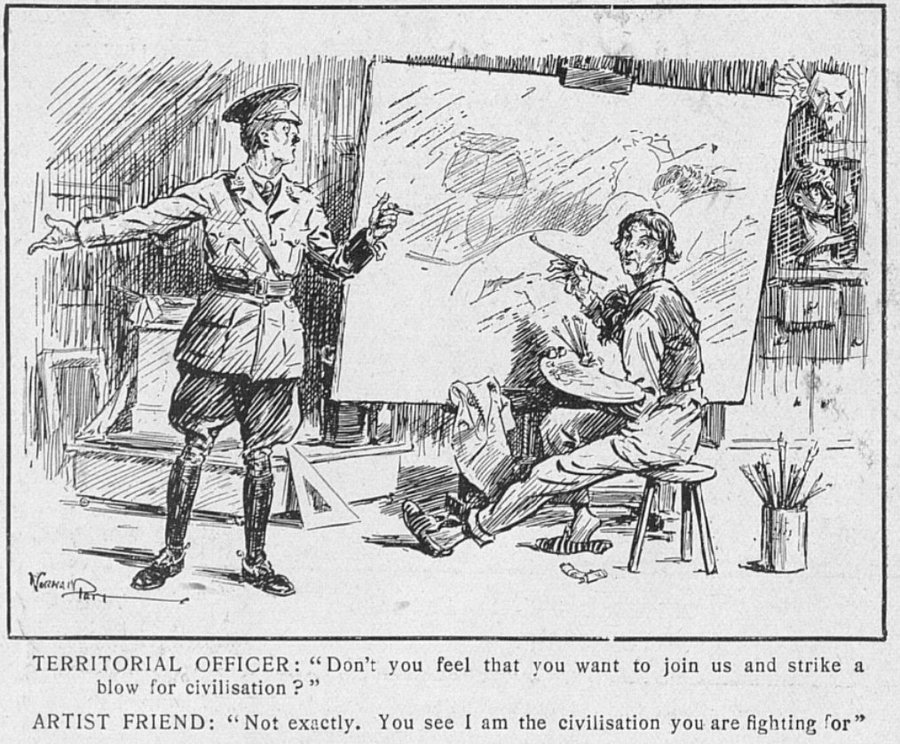Abraham Lincoln? John W. Hulbert? Pious Clergyman? George Bradburn? Anonymous?
Question for Quote Investigator: There is a famous riddle about the difference between a supposition and a fact:
How many legs does a dog have if you call the tail a leg?
Four. Calling a tail a leg doesn’t make it a leg.
There are different versions of this puzzler, and each is based on a different type of animal, e.g., a sheep, a calf, a horse, or a pig. But the template for the question and answer remains the same. Abraham Lincoln has usually been given credit for this instructive brainteaser. Would you please explore its provenance?
Reply from Quote Investigator: There is substantive evidence that Abraham Lincoln did employ this comical riddle by 1862, and detailed citations are given further below. But Lincoln was referring to a conundrum that was already in circulation.
The earliest evidence located by QI was published in multiple newspapers in 1825. The “Berkshire Star” of Massachusetts published a set of “Legislative Anecdotes” while acknowledging the “Washington County Post” of New York. One tale was told by John W. Hulbert who was a member of the New York House of Assembly. The story was about a parson who was interrogating a job candidate whom he disliked, so he employed a trick question to embarrass the jobseeker. Boldface has been added to excerpts:1
In the course of the debate, Mr. Hulbert remarked that the attempt to call the thing what it was not, reminded him of the story of a good old clergyman in Yankeetown who, though very pious, was fond of a joke.
The parson was sent for, to examine a young man who had offered himself for a school-master, but on his appearance before the trustees, the parson did not like his looks. When it came his turn to speak the parson said he would put a single question.
“Suppose,” said he, “you call a sheep’s tail a leg, how many legs will the sheep have?” “Why five, to be sure,” answered the would-be-school-master with an air of wisdom. “Very well” said the parson: “So if you call a sheep’s tail a leg, it is a leg, is it? But never mind, if the trustees say so, you may keep the school for what I care!”
In 1825 the riddle was further disseminated when it was reprinted in newspapers such as the “Woodstock Observer” of Woodstock, Vermont2 and the “Massachusetts Spy” of Worcester, Massachusetts.3
Here are additional selected citations in chronological order.
Continue reading “Quote Origin: Suppose You Call a Sheep’s Tail a Leg, How Many Legs Will the Sheep Have?”